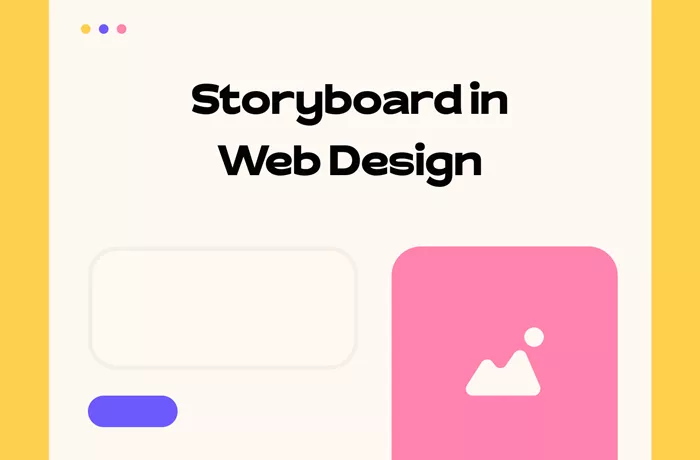Storyboarding plays a crucial role in web design by visualizing user interactions, defining content hierarchies, and streamlining development processes. This article explores the significance of storyboarding at various stages of web design, emphasizing its impact on user experience and project efficiency.
Introduction to Storyboarding in Web Design
What is Storyboarding?
Storyboarding is a visual planning technique that outlines the sequence of events or interactions in a narrative format. Originally used in film and animation, it has become instrumental in web design to map out user journeys and interface interactions.
Importance of User-Centric Design
User-centric design focuses on creating experiences that cater to the needs and behaviors of users. Storyboarding helps designers empathize with users’ perspectives and anticipate their interactions with the website.
Benefits of Storyboarding in Web Design
Visualizing User Journeys
Storyboarding allows designers to visualize and map out user journeys through the website. By plotting key touchpoints and decision-making stages, designers can ensure intuitive navigation and seamless transitions between pages.
Defining Content Hierarchy
Storyboarding helps establish a clear content hierarchy by outlining which information is prioritized on each page. This ensures that users can easily find relevant content and navigate through the website efficiently.
Iterative Design Process
Storyboarding facilitates an iterative design process by providing a visual framework for feedback and revisions. Designers and stakeholders can review the storyboard to identify potential usability issues or improvements before proceeding to prototyping.
Enhancing Collaboration Among Teams
Storyboarding promotes collaboration among cross-functional teams, including designers, developers, content creators, and stakeholders. It aligns everyone’s understanding of the project goals and user requirements from the outset.
See also:Graphic Design Vs. Web Design: Which Is Better
Implementing Storyboarding Techniques in Web Design
Initial Concept Development
During the initial stages of web design, storyboarding helps conceptualize the website’s structure and functionality. Designers sketch out wireframes and flowcharts based on user personas and user journey maps.
Detailing Interface Interactions
Storyboarding details interface interactions such as button clicks, form submissions, and animations. This visual representation ensures that designers consider every user action and its corresponding system response.
Integrating Visual Design Elements
Storyboarding integrates visual design elements, including typography, color schemes, and imagery, to maintain consistency across the website. It provides a holistic view of how design aesthetics enhance user engagement.
Practical Applications of Storyboarding in Web Design
Responsive Design Adaptations
Storyboarding facilitates the adaptation of responsive design principles across different devices. Designers can visualize how content rearranges and adjusts based on screen sizes, ensuring a consistent user experience.
User Testing and Feedback Incorporation
Storyboarding supports user testing initiatives by presenting prototypes to target audiences. Feedback gathered from usability testing sessions can be directly applied to refine the storyboard and improve the website’s usability.
Iterative Improvements and Maintenance
Throughout the web design lifecycle, storyboard iterations aid in continuous improvements and maintenance. Designers can update storyboards to reflect new features, content updates, or technological advancements.
Future Trends and Innovations in Storyboarding for Web Design
AI-Driven Storyboarding Tools
AI-powered tools are revolutionizing storyboarding by automating the generation of user scenarios and interface mockups. These tools leverage data analytics to predict user behaviors and optimize design decisions.
Virtual Reality (VR) Storyboarding
VR technology enables designers to immerse themselves in virtual environments and simulate user interactions in real-time. VR storyboarding enhances spatial awareness and facilitates more intuitive design solutions.
Conclusion
Storyboarding is a powerful tool in web design, enabling designers to create intuitive user experiences through visual narratives. By visualizing user journeys, defining content hierarchies, and facilitating collaboration, storyboarding enhances project efficiency and ensures that websites meet user expectations effectively.
Related topics:
- Atom63.Io By You Zhang Triumphs With Iron A’ Design Award In Website And Web Design Category
- Guide On How To Cancel A PayPal Payment
- Distributing Hostinger Webmail: A Comprehensive Guide

